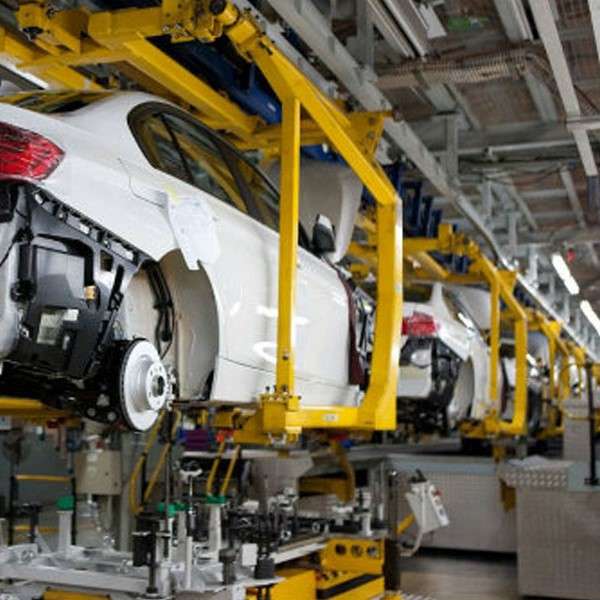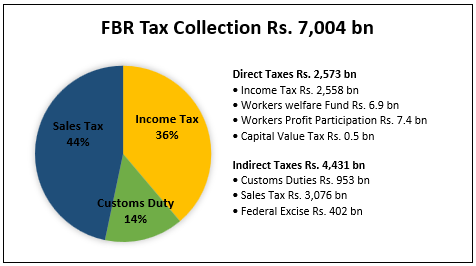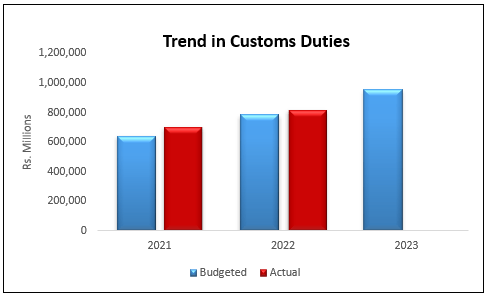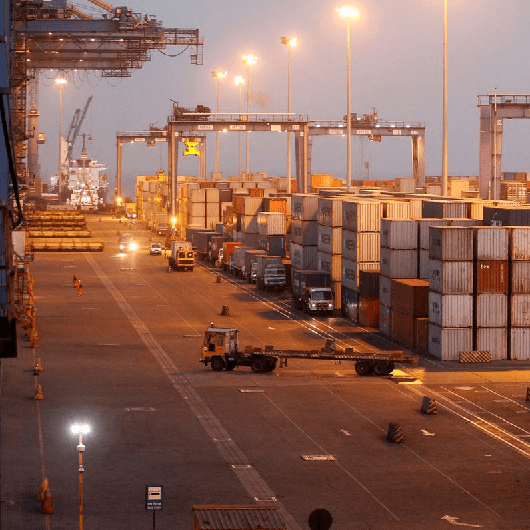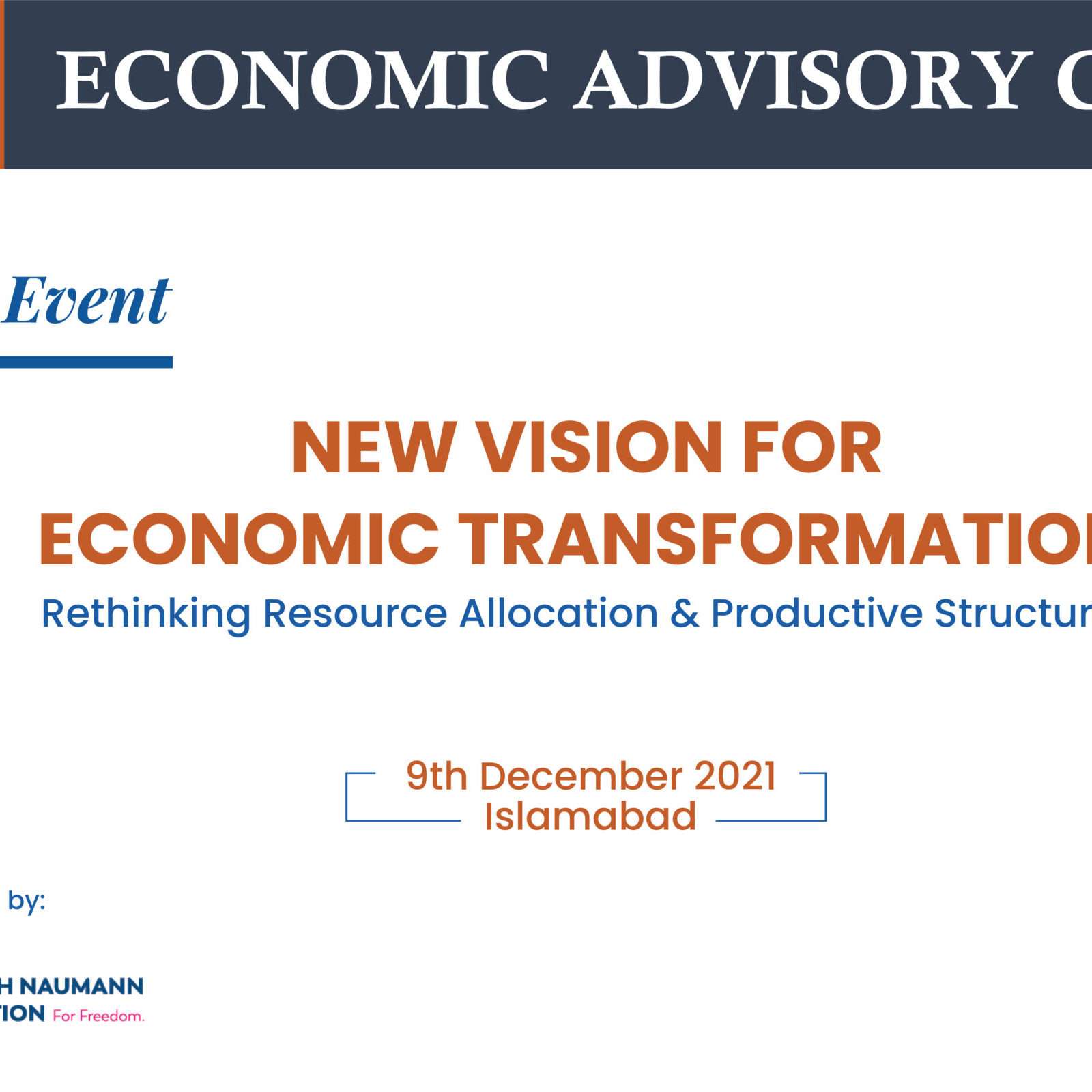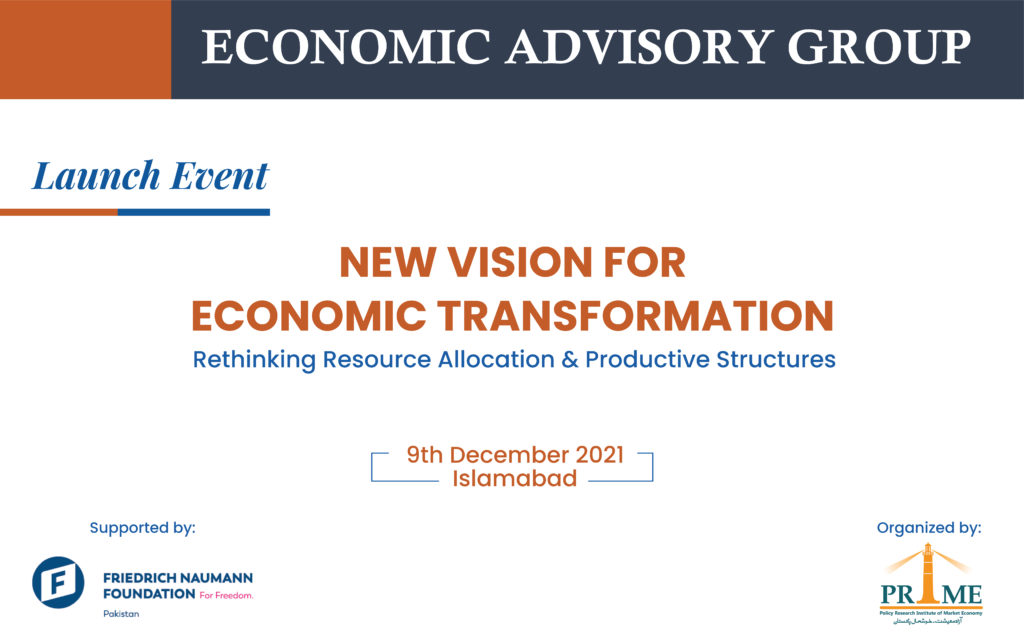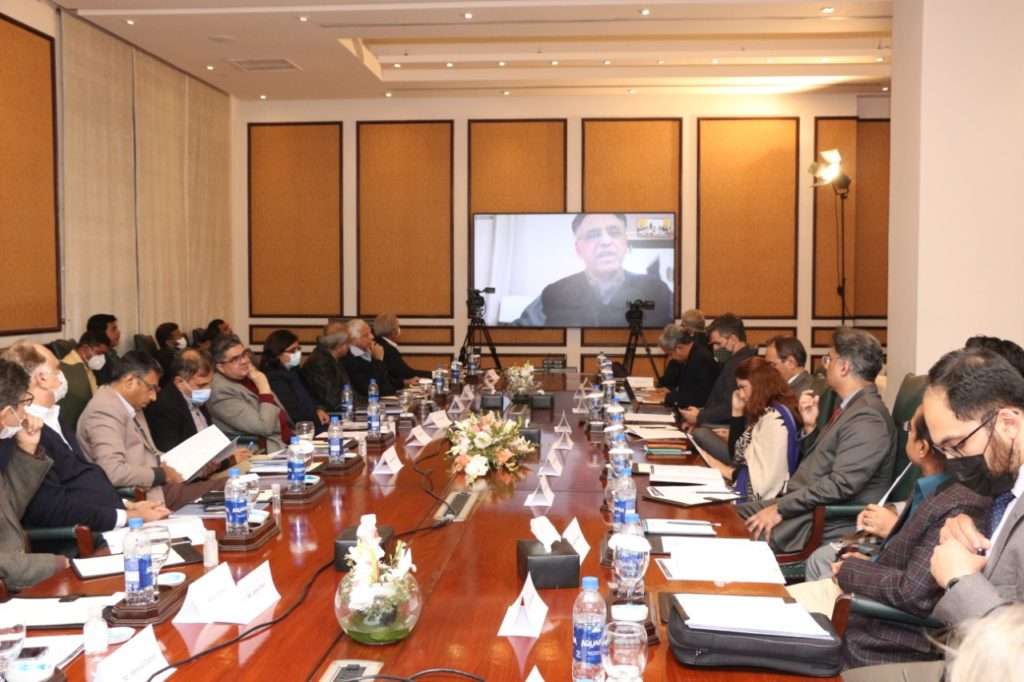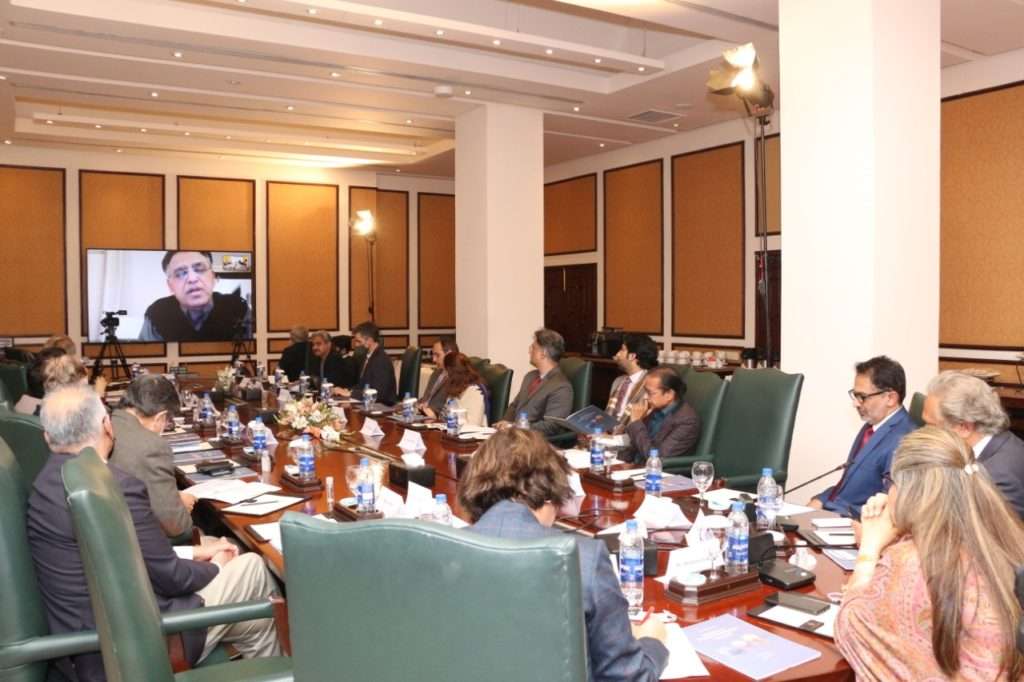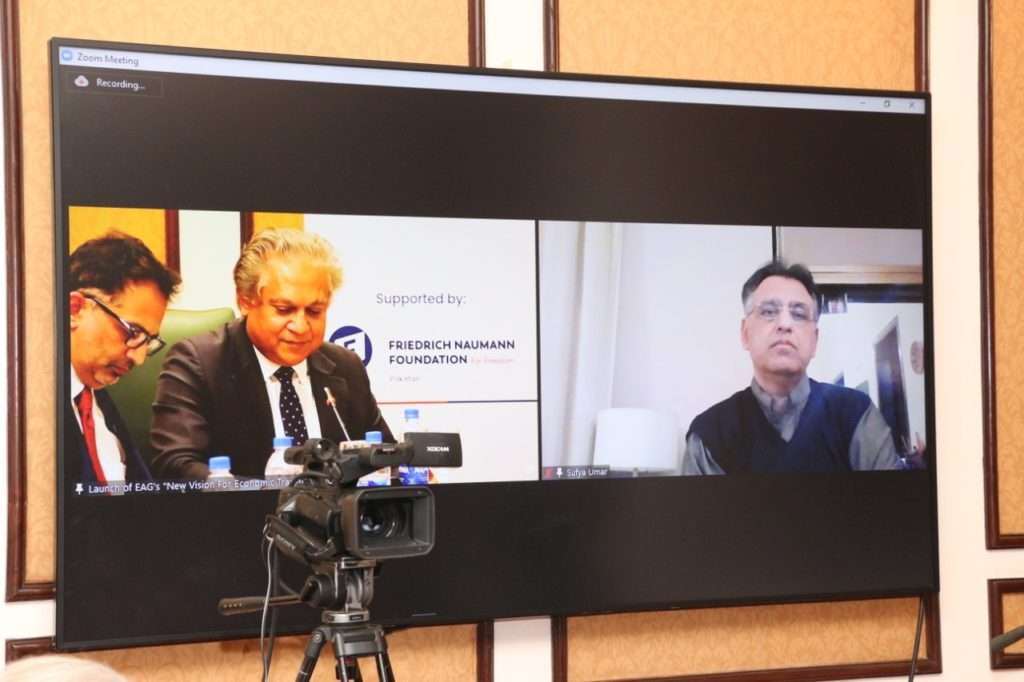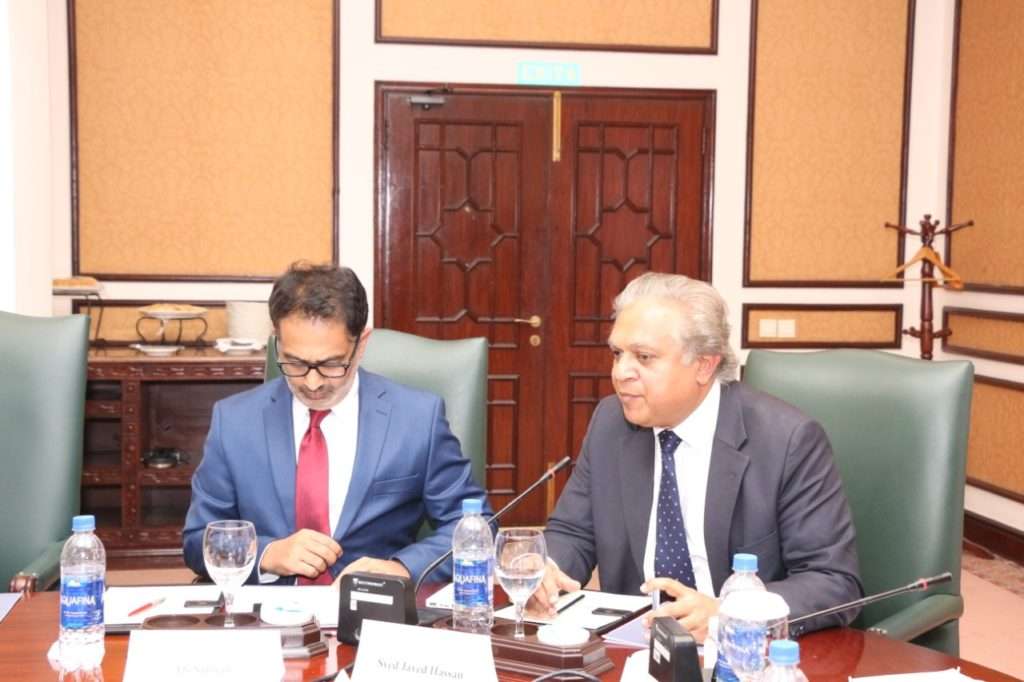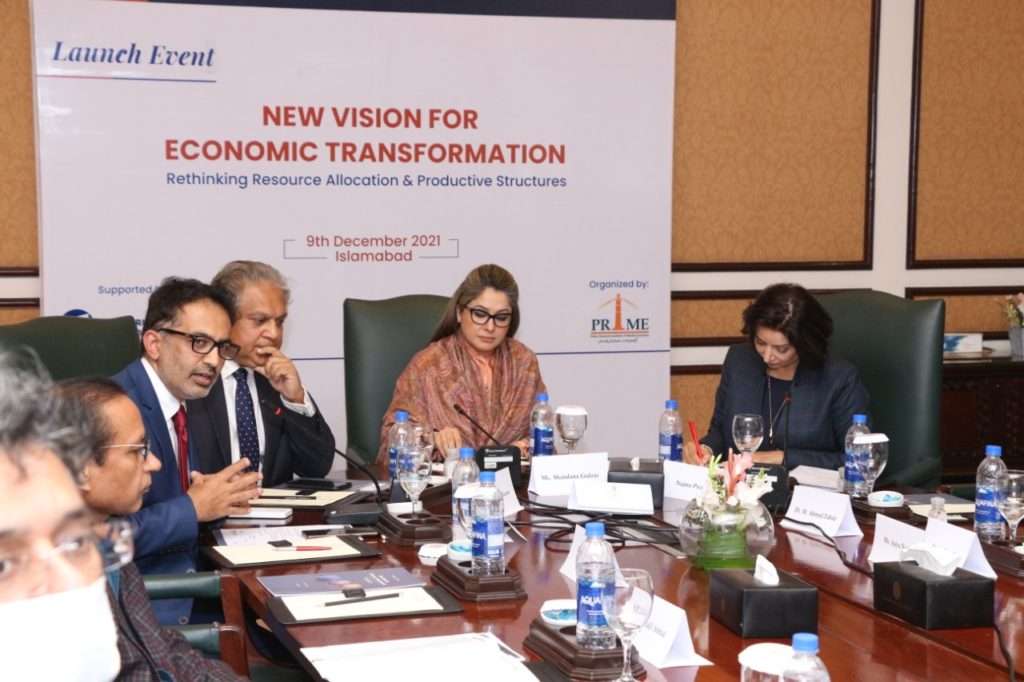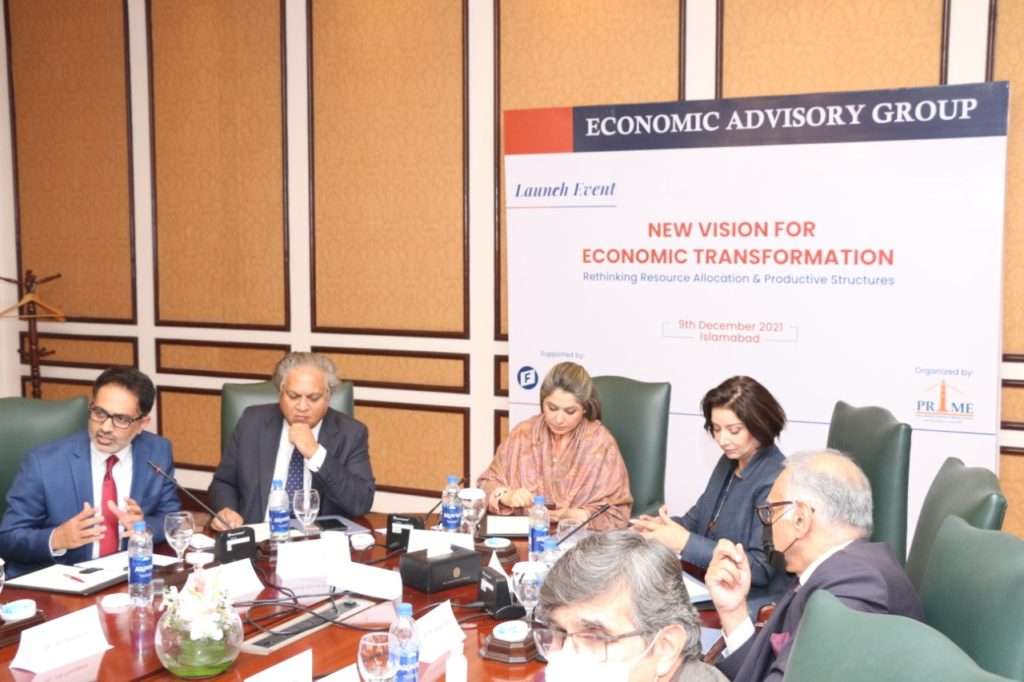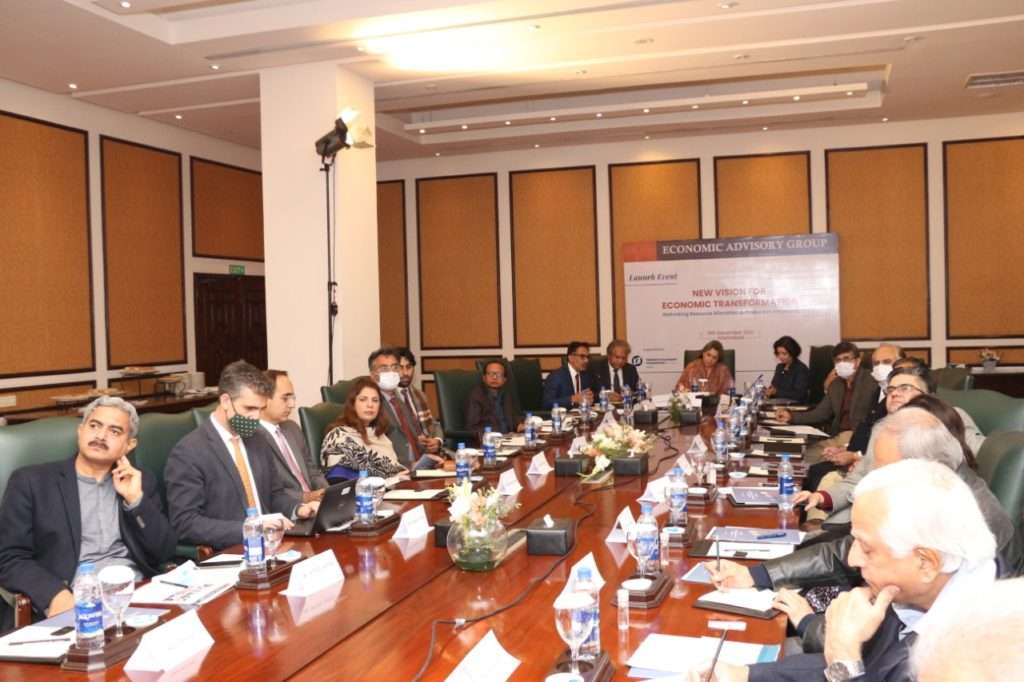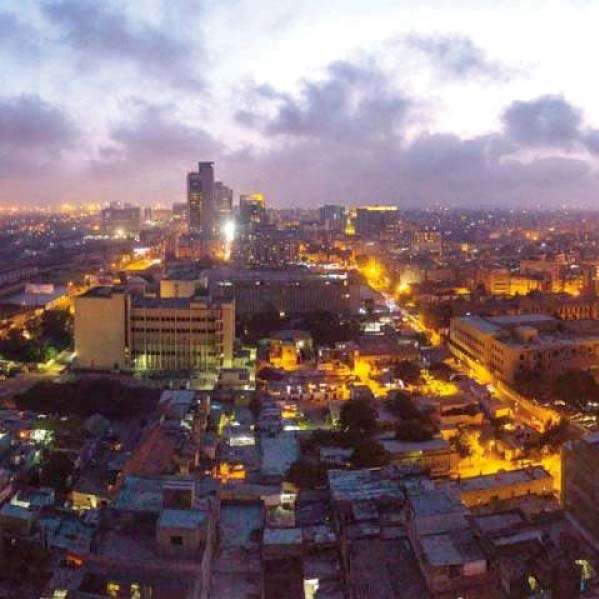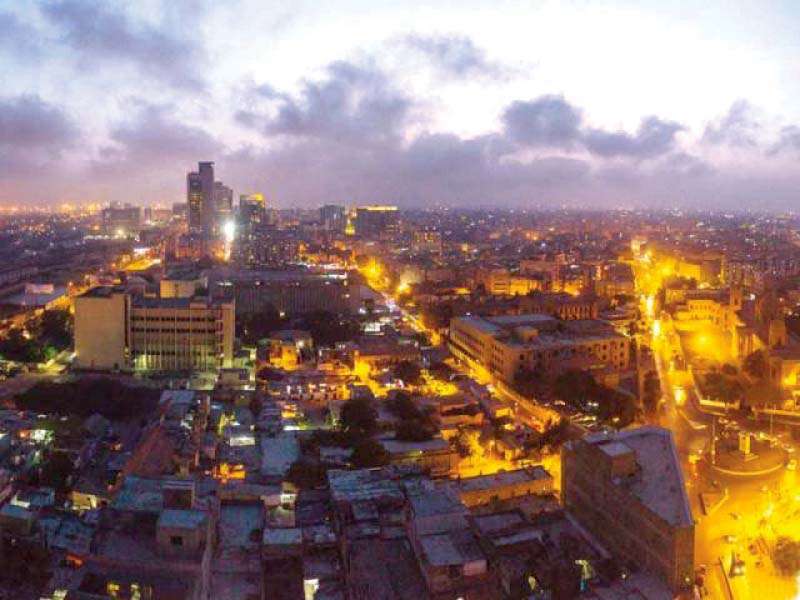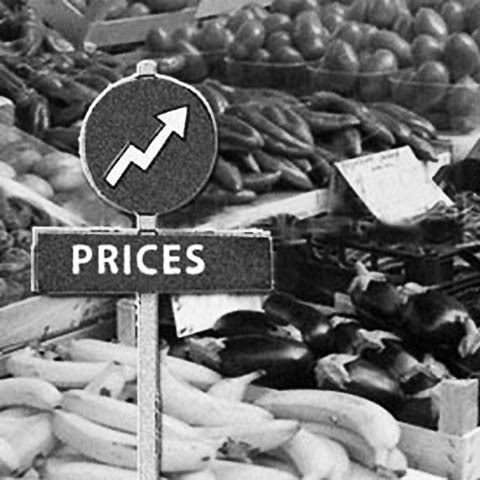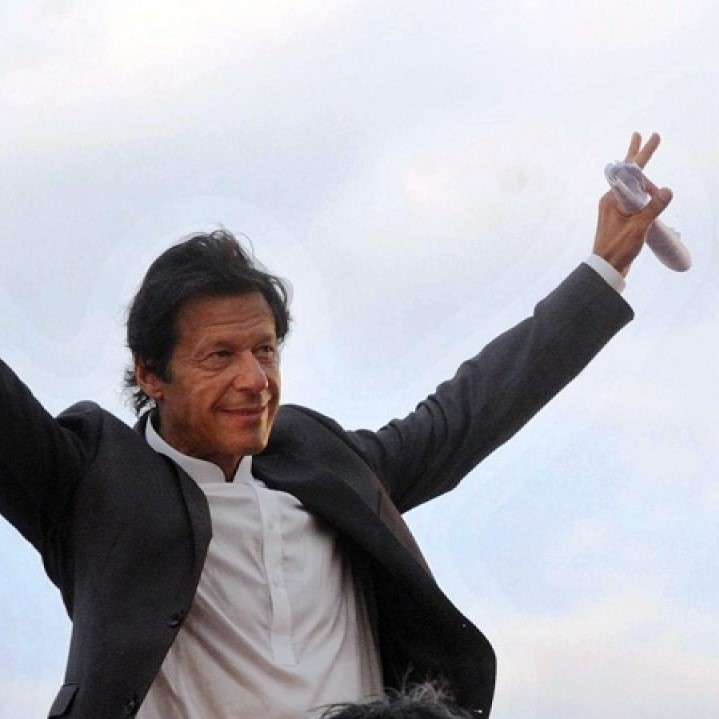PML-N Economic Agenda: Tracking Report reviews Pakistan’s economic performance by tracking the progress made on the implementation of economic manifesto announced by the party in power in Islamabad, Pakistan Muslim League-Nawaz (PML-N). The purpose is to initiate and inform policy dialogue and public debate on the progress made on the economic agenda of PML-N. This tracking directly serves the basic principle of a functioning democracy: accountability.
Structure
The report picks three distinct sections of the PML-N manifesto: Economic Revival, Energy Security and Social Protection, which it terms as “economic agenda”. These three “Areas” are then divided into “Components” and “Sub-components”. In most cases, these are based on a simple reproduction of text of the manifesto, and in some cases, some editing has been carried out for the purpose of clarification and structure, but without altering the meaning of the authors of the manifesto. Under the area of Economic Revival, 10 components and 55 sub-components have been identified. Under the area of Energy Security, 15 components and 21 sub-components have been identified whereas under the area of Social Protection,
three components have been identified.
To read the full report, click ahead: PML-N Economic Agenda Tracking Report (January – March 2014)



